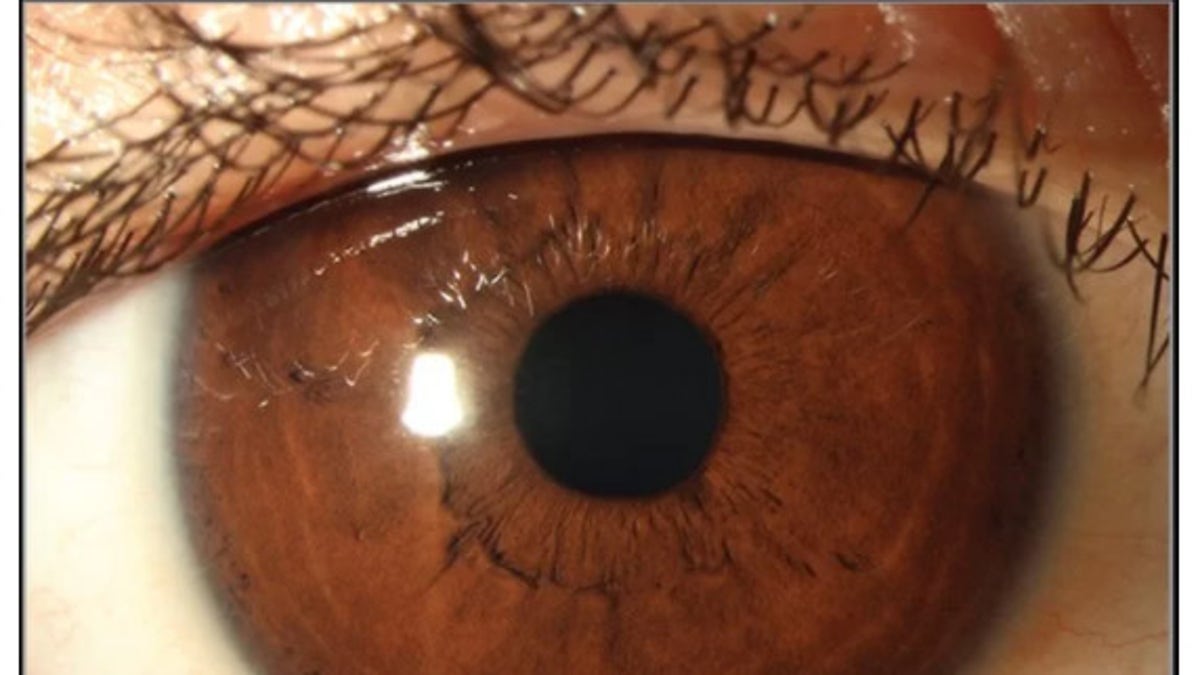
One boy's vision problems and odd changes to his eyes turned out to be caused by a highly restrictive diet, according to a new report of the boy's case from Canada.
The 11-year-old boy's parents took him to the hospital after 8 months of progressively worsening vision, according to the case report, published Oct. 2 in the journal JAMA Pediatrics.
When doctors examined the boy, they found his vision was severely impaired: He could see hand motions only when they were within 12 inches (30 centimeters) of his face, said senior author of the case report Dr. Eyal Cohen, a pediatrician at The Hospital for Sick Children in Toronto who treated the boy.
The outer layer of the boy's eyes were also severely dry, Cohen told Live Science. This severe dryness can lead to a buildup of material in the cornea (the transparent outer covering of the eye), called Bitot spots, Cohen said.
The boy had multiple food allergies and eczema, according to the report. Because of concerns that certain foods could possibly trigger eczema outbreaks, the boy's diet was limited to potatoes, pork, lamb, apples, cucumbers and Cheerios.
One thing those foods have in common? None are a good source of vitamin A.
Indeed, when the doctors measured the levels of vitamin A in the boy's blood, they found that he had a vitamin A deficiency. The boy's blood levels of vitamin A were 14.3 micrograms per deciliter (ug/dL); the normal range for this vitamin is 25.8 to 48.7 ug/dL, according to the report. Cohen said the boy's deficiency was severe.
"Vitamin A deficiency is very common in poorer parts of the world, where it is a leading cause of blindness," Cohen said. But in more developed parts of the world, it is rarer, he said. Still, "people who have highly restricted diets like the child in this case report are at higher risk of [vitamin A deficiency] and other nutritional deficiencies."
Vitamin A is essential for vision, as it helps certain cells in the eyes function properly, according to the case report. Not getting enough of the vitamin can lead to abnormalities in the retina, Cohen said. The retina, found at the back of the eye, is home to light-sensing cells that make vision possible.
To treat the boy's vitamin deficiency, he was given intravenous "megadoses" of vitamin A daily for two days, consisting of 200,000 IU, followed by a third dose 2 weeks later. (A normal dose of vitamin A for an 11-year-old boy is 2,000 IU daily, according to the Mayo Clinic.)
Six weeks later, the appearance of the boy's eyes had significantly improved, according to the report.
His vision improved a lot as well, Cohen said, to 20/800 vision in both eyes. Cohen noted that this level of visual impairment may not be completely corrected by wearing glasses. Anything beyond 20/200 vision is considered legally blind, according to the American Foundation for the Blind. In some cases, vision loss linked to vitamin A deficiency can be reversed, but in the boy's case, a degree of loss is likely permanent, according to the report.
The boy's parents are taking steps to ensure that he gets enough vitamin A daily. Good sources of vitamin A include carrots, sweet potatoes, leafy green vegetables and fish, according to the report.
Originally published on Live Science.